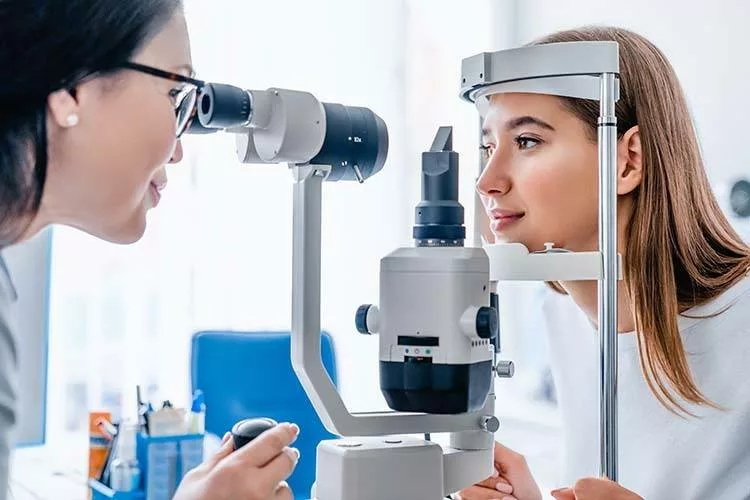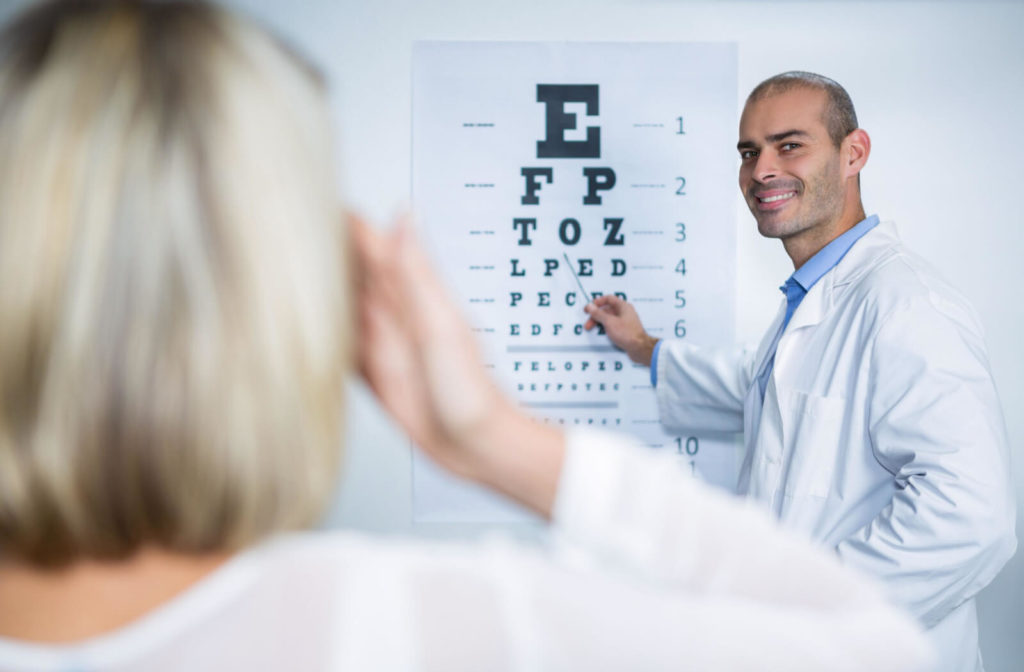How an Eye Doctor Can Change Your Vision Health in Chino
How an Eye Doctor Can Change Your Vision Health in Chino
Blog Article
Exploring the most recent Technical Improvements in Optometry and What They Mean for Optometrists
In the ever-evolving field of optometry, recent technical developments are improving just how practitioners approach eye care. From the accuracy of Optical Coherence Tomography to the nuanced understandings offered by AI-driven analysis devices, these developments are establishing new criteria in patient analysis and treatment. Teleoptometry is poised to redefine access, making sure that experience goes beyond geographical restrictions. As these developments penetrate the practice, eye doctors are faced with the challenge of welcoming these tools to boost individual results. Yet, the question remains: how will these technical changes redefine the roles and duties within the occupation?
Innovations in Diagnostic Tools
Advancing the area of optometry, technologies in analysis tools have actually reinvented the way eye treatment professionals examine and identify aesthetic problems and ocular problems. The previous years has actually seen substantial technological advancements, enabling even more accurate and detailed examinations. Optical Coherence Tomography (OCT), as an example, gives high-resolution cross-sectional images of the retina, enabling the very early discovery of diseases such as glaucoma and age-related macular degeneration. This non-invasive imaging method has actually become indispensable in contemporary optometric method.
Another trick innovation is the introduction of advanced corneal topography systems, which map the surface curvature of the cornea with precision. These tools are especially beneficial for suitable contact lenses and detecting corneal problems. Electronic retinal imaging has transformed traditional ophthalmoscopy, using detailed, panoramic sights of the retina that facilitate thorough visual evaluations.
The development of wavefront aberrometry has likewise been critical, allowing the analysis of refractive errors with unrivaled precision (Eye Doctor). This modern technology helps in tailoring rehabilitative lenses and enhancing surgical end results for refractive surgical treatments. Collectively, these diagnostic advancements empower eye doctors to provide exceptional person treatment, ensuring very early intervention and tailored therapy approaches, eventually improving visual health outcomes
AI in Individual Monitoring
Building on the foundation of sophisticated analysis tools, the unification of expert system (AI) in person administration represents a transformative jump for optometry. AI systems are increasingly employed to improve effectiveness, accuracy, and personalization in client treatment. By assessing vast amounts of information, AI can determine patterns and anticipate possible ocular conditions, making it possible for eye doctors to tailor interventions more efficiently. This capacity is important in taking care of persistent eye conditions such as glaucoma and diabetic retinopathy, where early detection and continual tracking are vital.
Furthermore, AI-driven systems promote streamlined patient interactions and administrative processes. Automated organizing, online appointments, and customized follow-up plans not only boost client satisfaction yet additionally optimize time management for experts. These systems can triage people based on the seriousness of their conditions, making sure that those in crucial requirement obtain punctual interest.
In addition, AI boosts decision-making by providing eye doctors with evidence-based suggestions and treatment paths. By integrating data from electronic health records, AI devices provide understandings that inform medical decisions, lowering the risk of errors and enhancing person results. As AI remains to evolve, its function in patient management will likely increase, improving the landscape of optometric treatment.
Breakthroughs in Retinal Imaging
In the world of optometry, retinal imaging has observed remarkable technical developments that are improving diagnostic capacities and patient treatment. Advancements such as Optical Comprehensibility Tomography (OCT) and fundus digital photography have actually changed just how optometrists visualize and assess the retina.
Improved imaging modalities like OCT angiography are additional refining diagnostic accuracy. Opticore Optometry. Such advancements facilitate the recognition of minute retinal modifications that could represent condition progression.
Additionally, advancements in artificial intelligence are increasing retinal imaging by allowing automated evaluation of huge datasets. These systems assist eye doctors in recognizing patterns a sign of pathology, thus boosting analysis accuracy and efficiency. Collectively, these advancements are changing retinal imaging right into a cornerstone of modern-day eye care, improving outcomes and broadening healing possibilities.
Teleoptometry's Growing Duty
Teleoptometry is significantly ending up being a crucial part of eye care, driven by developments in digital interaction and diagnostic tools. This is specifically beneficial in country and underserved areas where accessibility to specialized eye treatment is commonly limited.
The combination of artificial intelligence (AI) additional enhances teleoptometry, enabling the analysis of visual information and aiding in the detection of ocular conditions such as glaucoma and diabetic retinopathy. AI-powered formulas can rapidly analyze intricate imaging information, supplying eye doctors with useful understandings that boost professional decision-making.
Moreover, teleoptometry sustains continuity of care my link through smooth assimilation with digital health and wellness documents (EHRs), enabling optometrists to preserve detailed individual histories. When consulting with various experts., this ensures that clients receive tailored and consistent care also.
Regardless of these advantages, difficulties continue to be, consisting of making sure information safety and security and handling client assumptions. Teleoptometry stands for a substantial stride in the direction of more available, reliable, and patient-centered eye care. As innovation develops, its role is positioned to broaden even more.

Future Patterns in Eye Treatment
A myriad of ingenious fads is established to reshape the future of eye treatment, driven by technical innovations and the evolving requirements of individuals. One substantial fad is the assimilation of man-made knowledge (AI) in diagnostics, which assures to enhance the accuracy and efficiency of eye evaluations. AI algorithms can assess huge quantities of information from retinal images, potentially finding problems like diabetic person retinopathy and glaucoma earlier than typical methods.
In addition, individualized medicine is obtaining grip in optometry, with hereditary screening informing personalized therapy strategies. This approach intends to optimize client results by tailoring interventions to specific genetic accounts. Wearable modern technology, such as smart get in touch with lenses, is likewise imminent, supplying real-time tracking of intraocular pressure or glucose levels, therefore supplying constant understandings into eye and systemic wellness.
The adoption of enhanced truth (AR) and digital fact (VIRTUAL REALITY) in training and individual education and learning is another arising pattern. These technologies use immersive experiences that can boost understanding and abilities both for eye doctors and patients. As these fads advance, optometrists need to stay abreast of technical improvements to provide cutting-edge care, guaranteeing enhanced person results and satisfaction in the dynamic landscape of eye care.
Final Thought

Collectively, these diagnostic developments equip optometrists to supply superior person treatment, making sure early intervention and tailored treatment approaches, inevitably improving aesthetic health outcomes.

As these modern technologies continue to develop, optometrists must adapt and incorporate them right into practice, ultimately optimizing process efficiency and raising the requirement of eye care delivered to clients.
Report this page